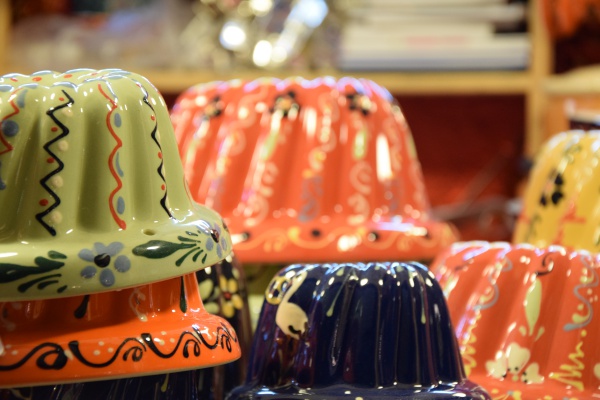Facts About Gugelhupf
A Gugelhupf is a traditional cake made with yeast and baked in a distinctive circular Bundt mold. It is especially popular in Central Europe, in regions such as Alsace, southern Germany, Austria, Switzerland, Croatia, Hungary, Bosnia, Serbia, Slovakia, Slovenia, the Czech Republic, and Poland. Historically, this cake played a significant role at major events, like weddings in late Medieval Austria. Over the years, it has evolved into a sophisticated dessert with many regional variations.
The etymology of "Gugelhupf" is somewhat enigmatic. Some believe the name derives from the shape of a medieval hat. Depending on the region, the cake may be known by different names, but it is universally cherished.
Preparing a Gugelhupf involves a soft yeast dough, and it often includes ingredients such as raisins, almonds, or even Kirschwasser (cherry brandy). In some regions, imaginative fillings like sweetened ground poppy seeds are added. Traditionally, the cake is baked in a tall, fluted, toroidal pan, which was originally made from enameled pottery. This unique pan design later inspired the Bundt cake pan in the United States.

 Hungary
Hungary